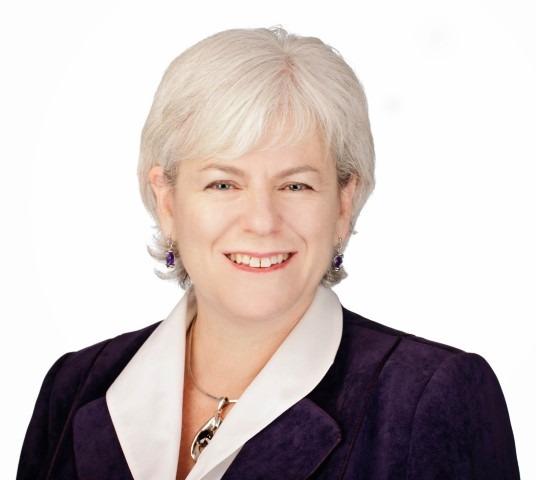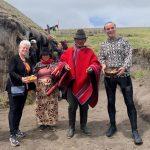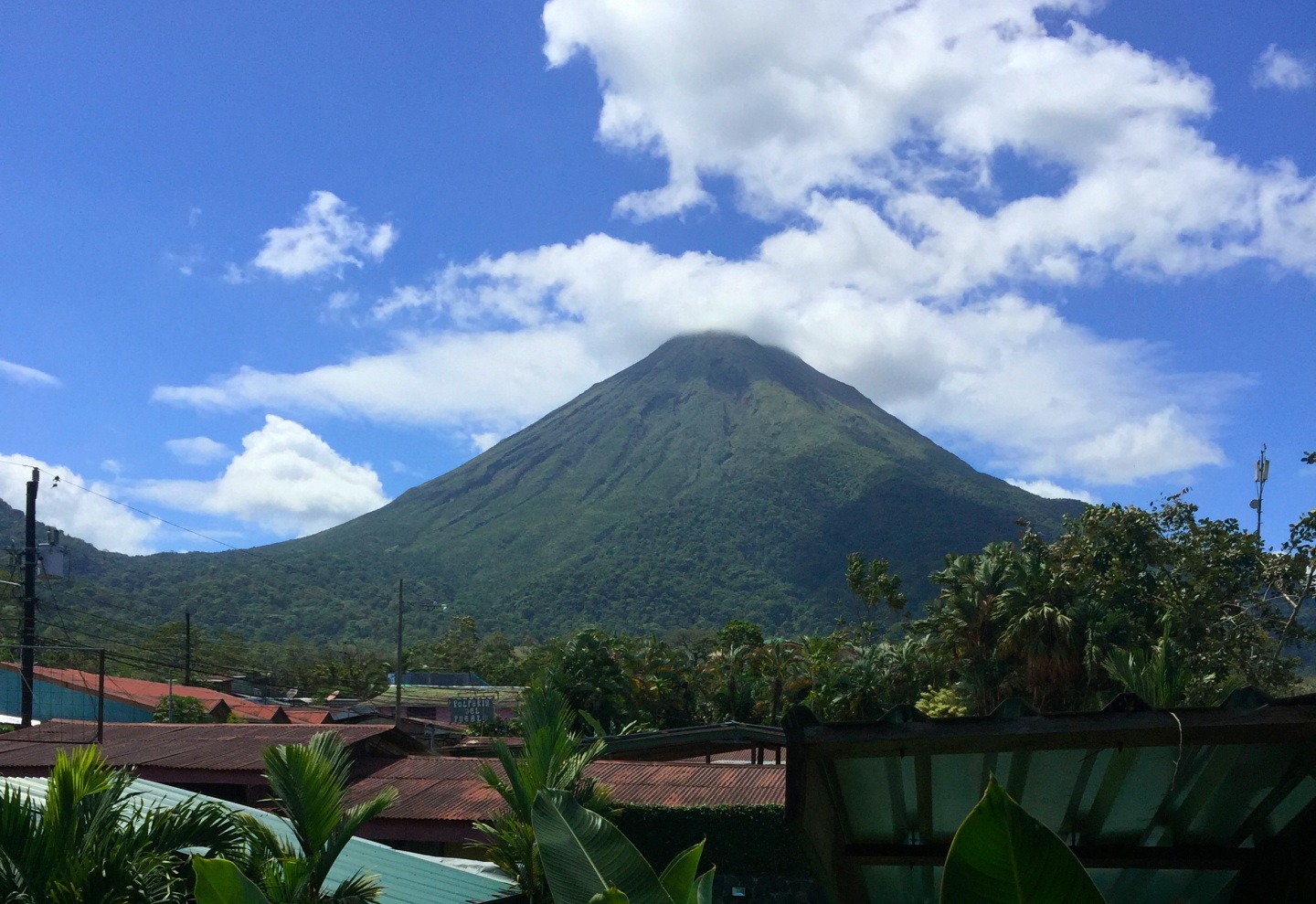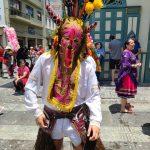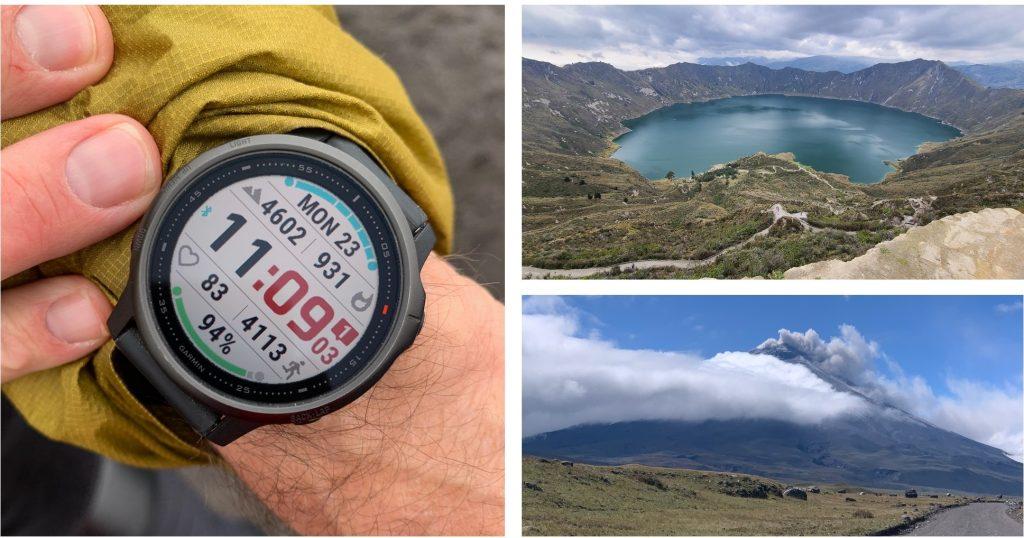
Guest post by John Shaw
Much of my pleasure while traveling comes from running, cycling, walking, and hiking through new-to-me urban and natural environments.
When heading out on a winter 2023 escape to Mexico City, Ecuador (Cuenca, Galapagos, Quito), and Panama City from Canada, I hadn’t given the elevations of the destinations so much as one thought, much less a second one. Enthusiastic travel blogs written by cyclists, runners, hikers, and other active travellers gloss over this topic or fail to mention it at all. It turns out, most people experience shortness of breath or nausea at high elevation — at least temporarily. A few require prompt evacuation to lower elevations to avoid severe impacts. Are travel blogs written by a tiny minority of travellers? My travels last winter were impacted by elevation. I learned a few things worth sharing, and I’m now better prepared for a winter 2024 trip including mountain regions of Mexico.
My winter 2023 itinerary started with a three-week visit to Mexico City, followed by a 4-day tour of the Andes along the Avenida de las Volcanes running south of Quito and a 2-month stay in Cuenca, Ecuador. A 5-day visit to the Galapagos Islands was added, and the trip home was broken up with short stays in Quito, Ecuador, and Panama City.
Mexico City is a fantastic destination, one increasingly on the global tourism radar. I wrote about city cycling, and gastronomy previously but there is no shortage of praise for the city! (See more of this site’s posts about Mexico City here.) Cuenca, Ecuador, is a global retiree hot spot. It shows up on expat and snowbird “where to be” lists, and good friends gave it rave reviews. I also enjoyed my time there. (See posts about Cuenca, Ecuador, here.) The Galapagos Islands and the Avenida de los Volcanes are on many people’s bucket lists. In hindsight, the stops at Quito (attempted robbery) and Panama City (broken arm) could have been missed! [Editor’s note: That said, we loved Quito four years earlier when it was a safer place and hope it will be safe again soon, recent events in Ecuador notwithstanding.]
What is this elevation business all about?
When sports medicine experts and coaches of elite athletes discuss “high altitude” training, they are typically referring to training at 2,100 m to 2,400 metres (~7,000 to 8,000 feet) above sea level, but benefits arise above 1,200 m (~4,000 ft). Altitude adaptation can take weeks. Once acclimatized to higher altitudes, athletes returning to much lower elevations initially achieve substantially better aerobic performances than without high altitude training. The effect tapers to zero within a couple of weeks or so.
In Mexico City (2,000 m above sea level), I strolled, rode single-speed city bikes, took taxis. I wasn’t running and didn’t notice breathing impacts other than what I’d anticipated from air pollution. (I’m a well-controlled asthmatic but air pollution is one of my triggers.)
The 4-day tour of the Avenida de los Volcanes started at the Quito Airport (2,800 m) following an overnight flight from Mexico City. After stops for breakfast, to visit a market, an artist studio, and lunch, I took a short and slow walk along the rim of Laguna de Quilotoa (4,000 m) nearest to the parking lot. The next morning, I was on the shoulder of the Cotopaxi volcano (4,600 m). There I was more concerned about the cold, wind, and rain than the elevation and stayed only a few minutes — much to the relief of the tour guide. Walking at these altitudes was taxing. I was woozy for much of the time.
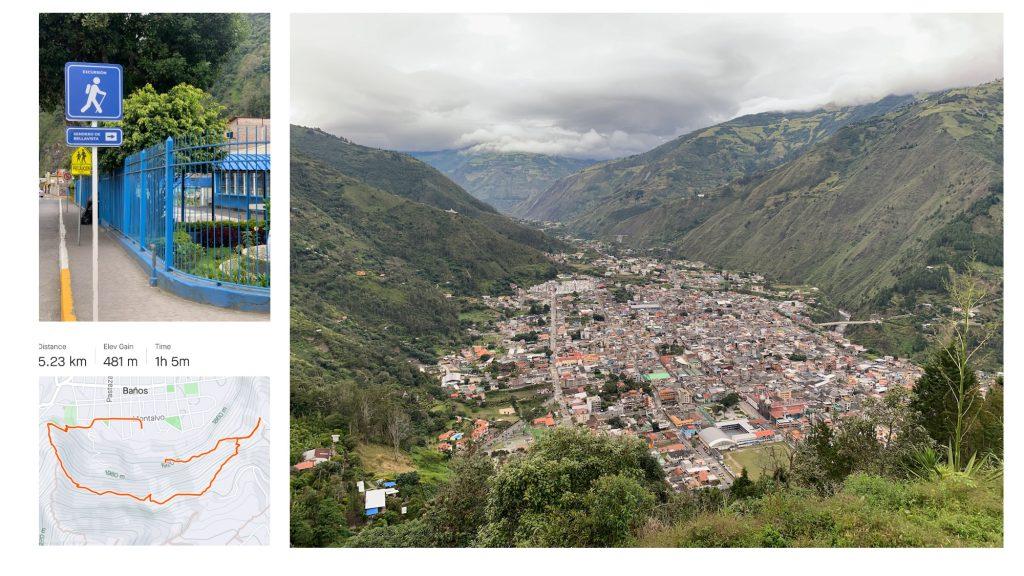
The one exception to these slow, short, walks was at Baños (1,800 m) — a popular spa town as the name suggests. There I felt fine and really enjoyed a 5 km hike on trails in the hills around town including a 500 m elevation gain. Dropping to lower elevations makes all the difference!

I got back to my normal running, exercise, and touring routines at Cuenca (elevation 2,550 m). To my surprise, my rest heart rate when I first arrived was nearly 70 BPM — way up from my usual 46 BPM. I became breathless walking at my normal pace on level ground after a few minutes, and lightheaded going up the 100 or so steps into el Centro Historico from the Rio Tambo. At the top of the steps my heart rate exceeded 150 BPM! My first attempt to run 5 km, having been in Cuenca for a week and at elevations exceeding 2,000 m for more than a month, was miserable. My heart rate quickly red-lined (170 BPM) at my usual 5:00 min/km pace. I adopted a slow jog/walk strategy to get home. The 2023 Etape Ecuador was held in Cuenca shortly after I arrived. It had been on my radar. I’d thought I’d hire or borrow a bike and participate. Wrong: cycling even the shortest and easiest course was simply not possible. The Hash House Harriers, a rambunctious running group with chapters all over the world, only have walking events in Cuenca. So, it is not just me!
Each day, I pushed a bit harder with strength and aerobic training, and “running”. After a month in Cuenca I was able to run 10 to 12 km at about 5:25/km — a pace equivalent to my usual 5:00/km at sea level. Walking and cycling around town became a breeze!
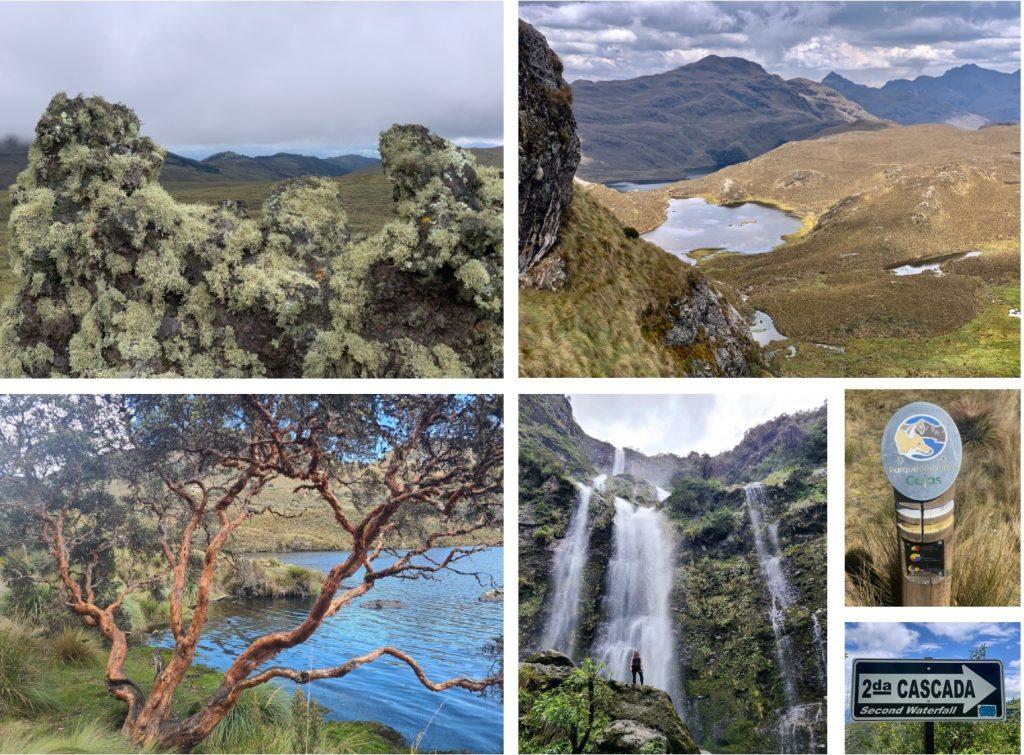
I pushed the elevation envelope during the second month with day-hikes to Sombrederas (along The Great Divide in Ecuador): 19 km with a maximum elevation of 3,600 m, the second Falls at Giron (3,000 m, 8 km), and two hikes in the Cajas National Park starting at 4,000 m (San Luis Peak and Laguna Toreadora: 7 km, and an 11 km segment of an Inca trail). None of these activities would have been possible, much less pleasurable, without effort and time to acclimatize.
I learned on the fly what I should have thought through before travelling. Allow lots of time to acclimatize to higher altitudes. Walk, hike, cycle or run slowly and only for short distances until you’ve acclimatized. Sleep and take breaks at lower elevations where possible — my time in Baños was a relief because altitude related symptoms were reduced, and it was easier to be active and to sleep. Visit higher elevations later in your trip. I should have visited the Avenida de los Volcanes at the end and not at the beginning of my visit to Ecuador! I wish I could have hiked all the way around the rim around Laguna de Quilotoa, and to have ascended to the hut on Cotopaxi! I was forced to curtail planned activities and to take time adjusting to the elevation of Cuenca. I had to plan higher altitude hikes later during my stay. Who knew it would take so long?
There was to have been a silver lining. I was expecting a very fast time on a 10 km run along the Cinteron del Mar in Panama City — at sea level — the day after we arrived there. This was not to be. I fell, broke my right humerus in two places, and tore my rotator cuff — less than 100 m from the start of that ill-fated run. The emergency care I received in Panama was excellent. At first, I couldn’t dress myself or tie my shoes! After seven months of recovery, physiotherapy, and fitness training in Canada and Spain, I’m happy to report official data for October and December 2023: a 47:30 10 km run, and two half marathons (1:50:30 and 1:47:30). These are good times for me and, as they are all at sea level, great reference times.
Winter 2024
I’m spending the first few months of 2024 in Mexico. I’ve defrosted for a few days at Puerto Morelos on the Mayan Riviera. I’m now at the start of a month based in San Cristobal de las Casas, Chiapas (2,200 m). Elevations in the surrounding countryside are below 3,000 m. Side trips to Palenque (60 m) and Antigua Guatemala (1,550 m) are on my agenda. They don’t pose elevation challenges. I’ll be in Oaxaca City (1,600 m) and San Miguel Allende (1,900 m) for a week each. I finish up the trip with a month in Mazatlán on the Pacific coast. This time, I know the elevations of my destinations and what to expect. The elevations are lower. The acclimatization should be easier. I’ll also get a second chance to see how fast I can run a sea-level 10 km or half marathon, this time along the Avenida del Mar in Mazatlán.
